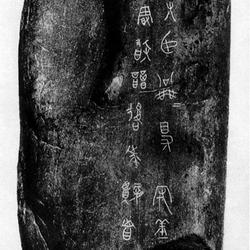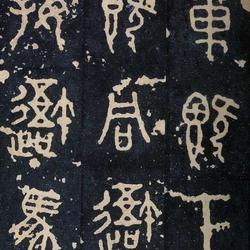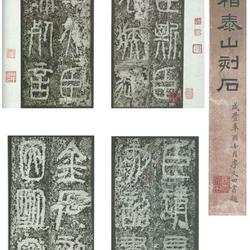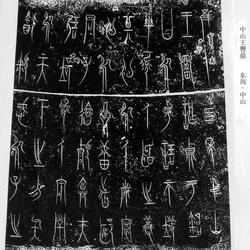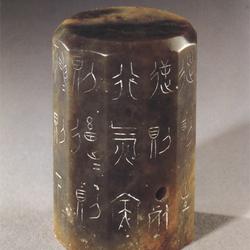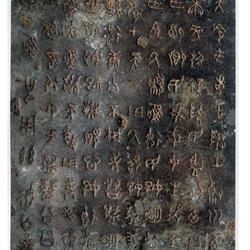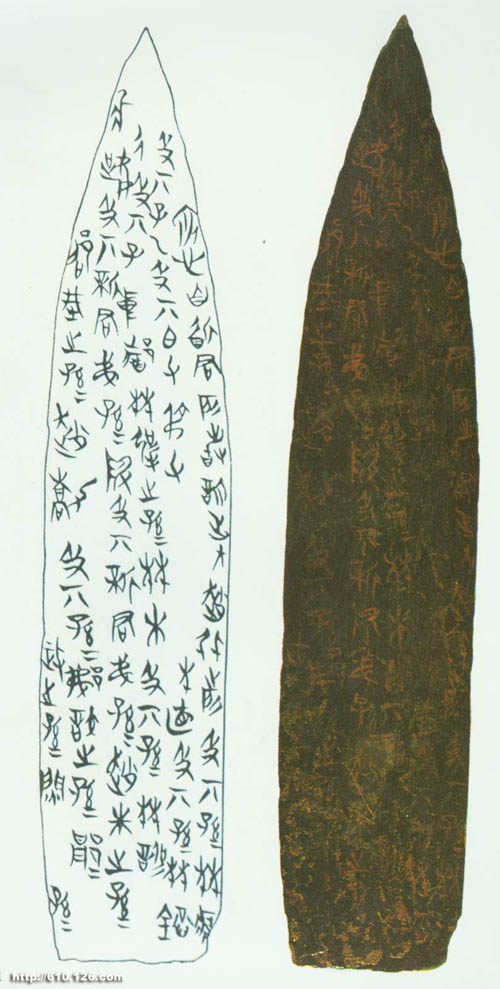
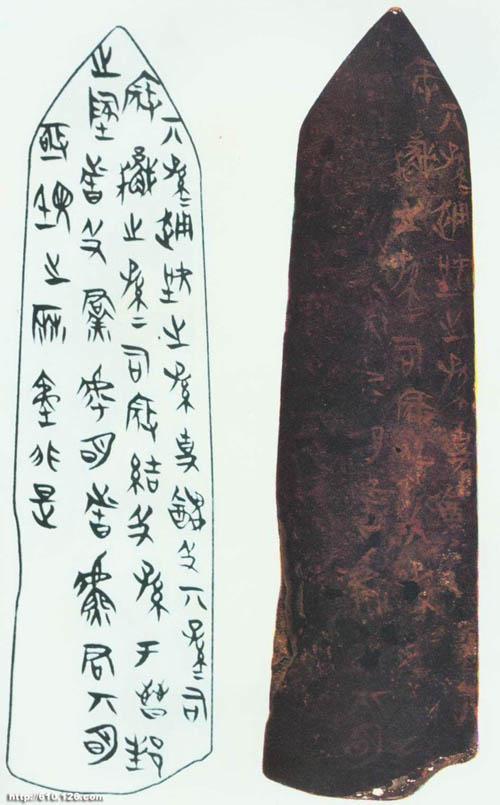
In 1965, a large number of jade pieces containing alliance oaths were unearthed from the Jinguo site in Houma, Shanxi. They are called "Houma League Books", also known as "containing books". There are more than 5,000 pieces in total. Each jade piece is of different sizes and is exquisitely polished with a brush. The handwriting is similar to the bronze inscriptions in the late Spring and Autumn Period. Most of them are vermilion, and a small part is black, which is relatively clear. Because the jade pieces vary in size, the number of words varies. Some are about 200, while some are only about ten words. The Houma Alliance is a written treaty signed by Zhao Yang of the Jin Dynasty and the officials of the Qing Dynasty in the late Spring and Autumn Period. It required those who participated in the alliance to be loyal to the alliance leader, unanimously punish the hostile forces that have been expelled, and no longer expand slaves, land, property, or cooperate with the alliance leader. Enemies come and go.
The discovery of the alliance letter is of great significance to the study of the ancient Chinese alliance oath system and writing, the study of the history of the Jin Dynasty, and the transition of China from a slave society to a feudal society.
The writing style of Meng's calligraphy is clear and elegant, and its calligraphy is sharp and simple, with regular strokes and strokes, stretching and rhythm.

